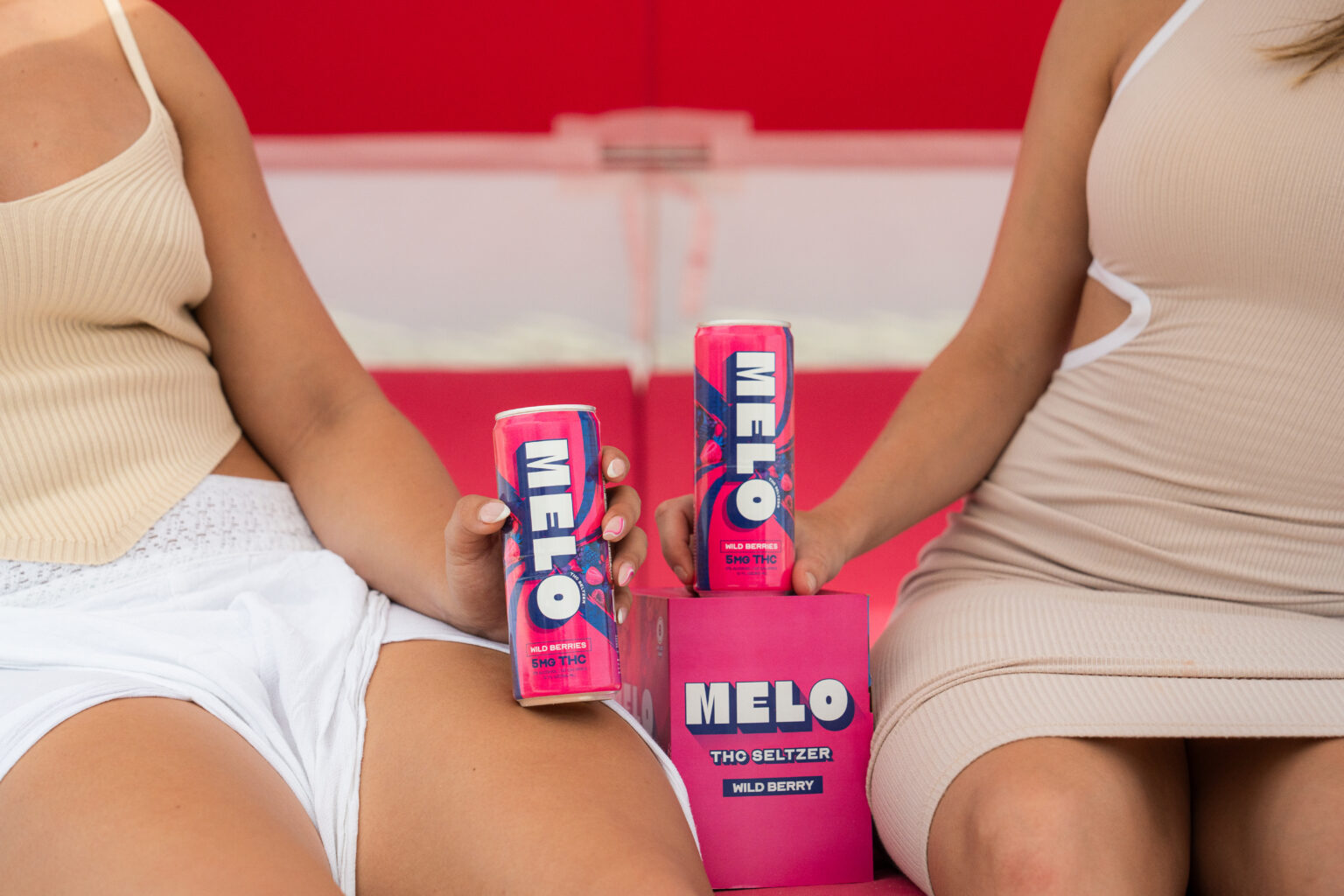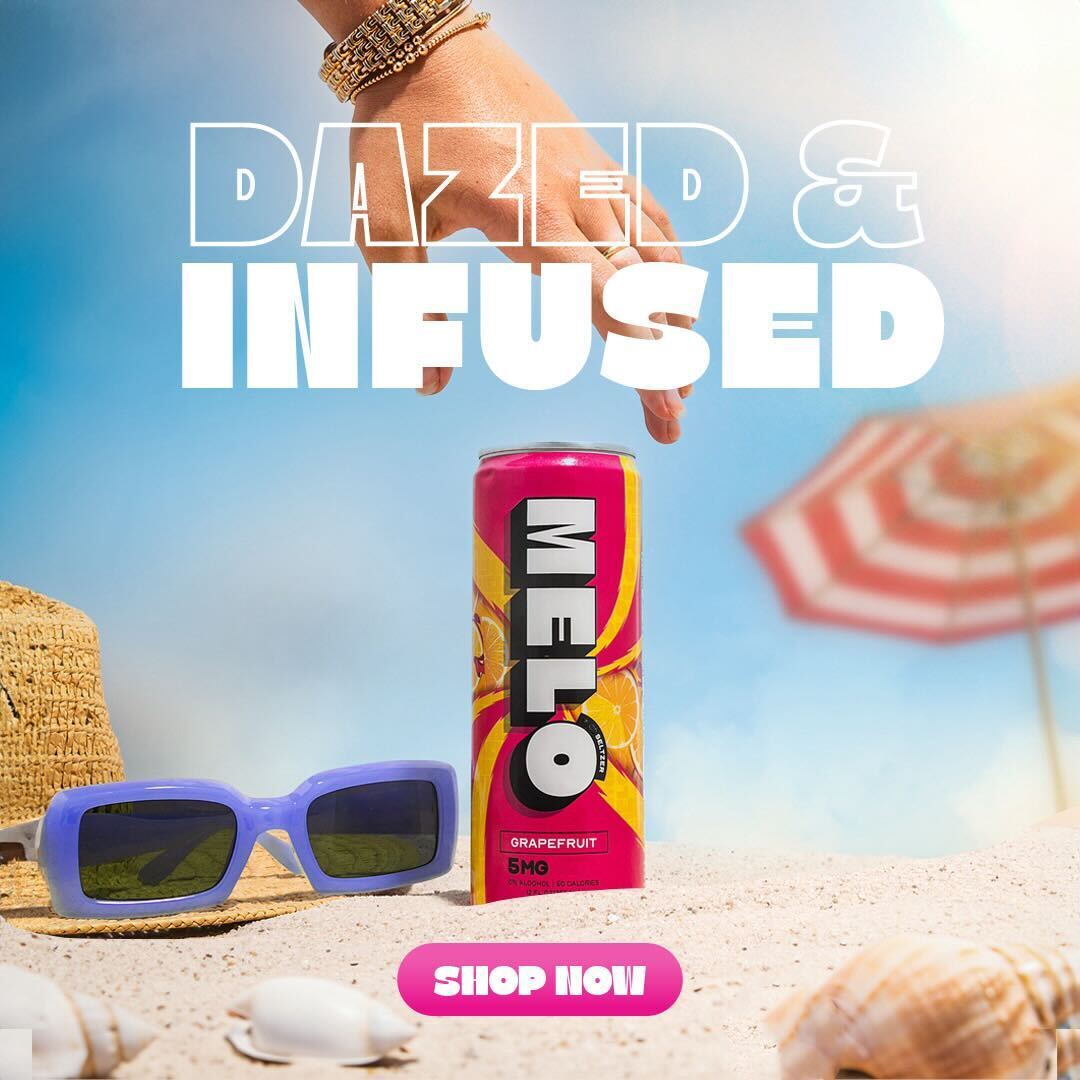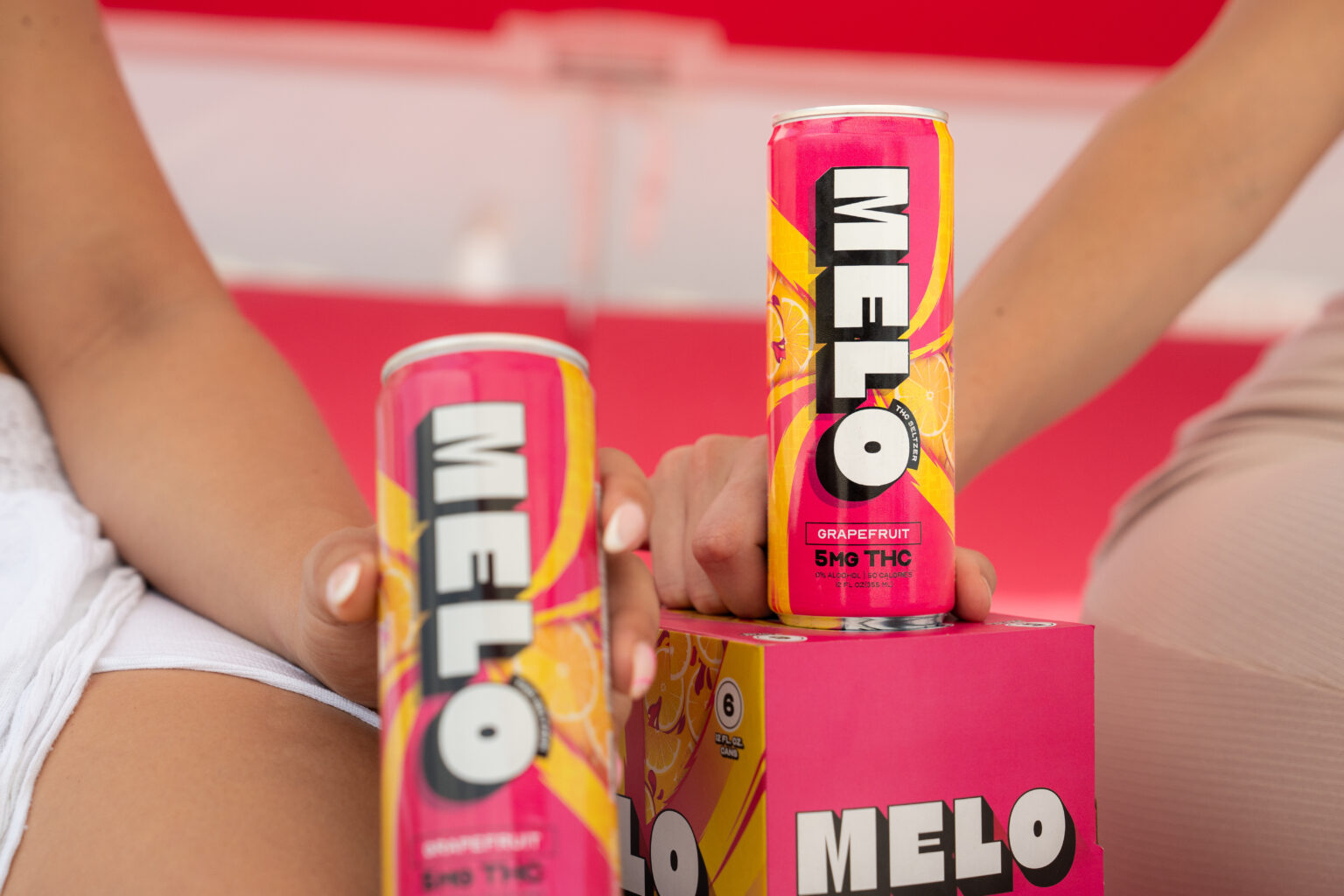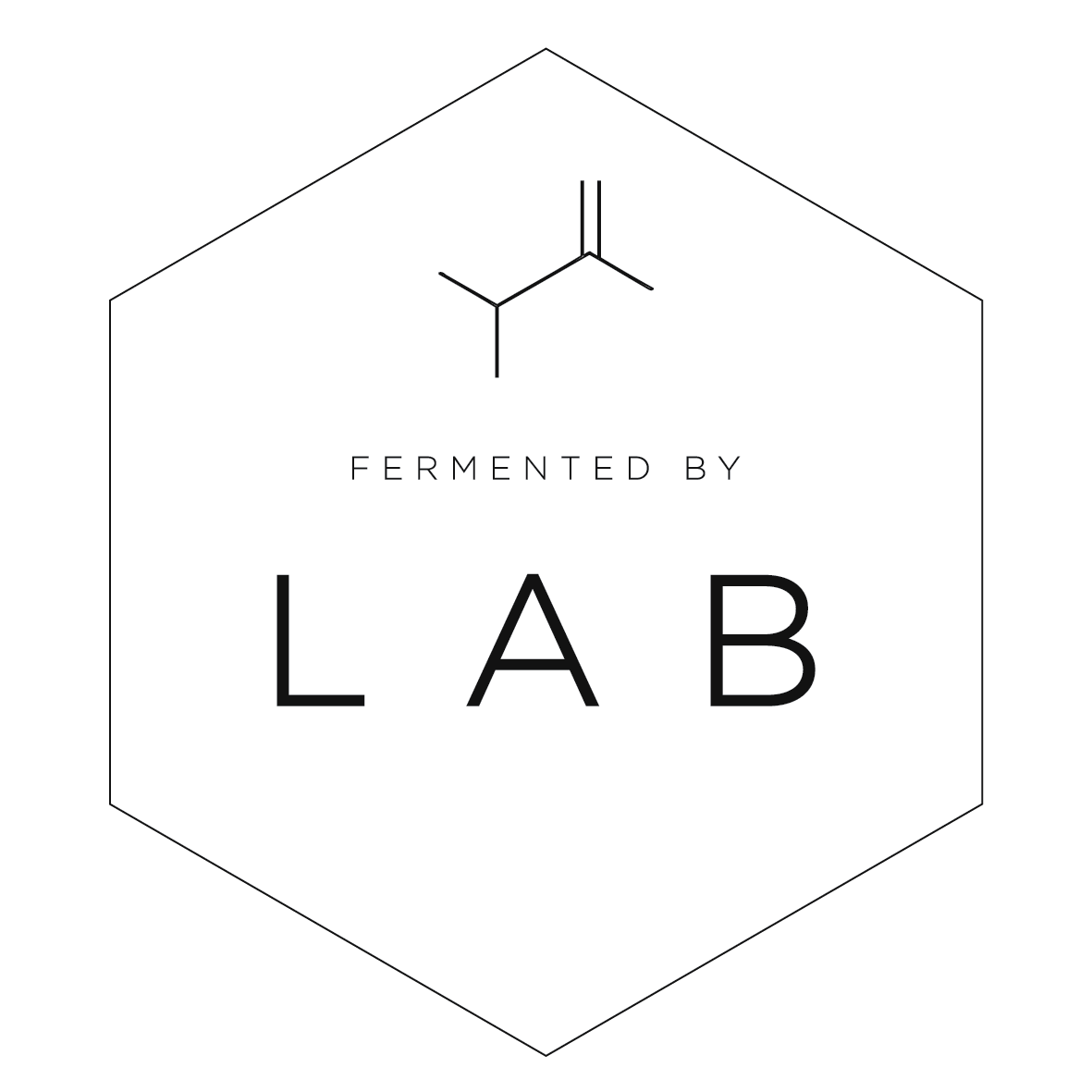Extraction
The journey of THC beverages from plant to product begins with extraction, a crucial step that isolates the desired cannabinoids and terpenes from the cannabis plant.
Source Material
The journey of THC beverages from plant to product begins with extraction, a crucial step that isolates the desired cannabinoids and terpenes from the cannabis plant. This process involves several methods, each with its own advantages and disadvantages.
- CO2 Extraction: This method uses pressurized carbon dioxide to extract cannabinoids and terpenes. It’s considered the gold standard due to its high purity and ability to preserve delicate compounds.
- Solvent-Based Extraction: Traditional methods often involve solvents like butane or ethanol to dissolve and separate cannabinoids. While effective, these methods require careful handling and purification steps to remove residual solvents.
- Water-Based Extraction: This emerging technique utilizes water and heat to extract cannabinoids, offering a more sustainable and environmentally friendly option.
Extraction Methods

The journey of THC beverages from plant to product begins with extraction, a crucial step that isolates the desired cannabinoids and terpenes from the cannabis plant. This process involves several methods, each with its own advantages and disadvantages.
- CO2 Extraction: This method uses pressurized carbon dioxide to extract cannabinoids and terpenes. It’s considered the gold standard due to its high purity and ability to preserve delicate compounds.
- Solvent-Based Extraction: Traditional methods often involve solvents like butane or ethanol to dissolve and separate cannabinoids. While effective, these methods require careful handling and purification steps to remove residual solvents.
- Water-Based Extraction: This emerging technique utilizes water and heat to extract cannabinoids, offering a more sustainable and environmentally friendly option.
CO2 Extraction
CO2 extraction is a highly regarded method for isolating THC and other desired compounds from cannabis. It involves using pressurized carbon dioxide as a solvent to dissolve the cannabinoids and terpenes, which are then separated through depressurization.
This method is considered the gold standard due to its remarkable purity and ability to preserve delicate flavor and aroma profiles. Because CO2 is non-toxic and readily available, it offers a safe and environmentally friendly alternative to solvent-based extraction methods.
Solvent-Based Extraction
Solvent-Based Extraction involves using solvents like butane or ethanol to dissolve cannabinoids from the cannabis plant material. This method is effective at extracting a high yield of compounds, but requires careful handling due to the flammability of some solvents and the need for thorough purification to remove any residual solvent traces.
Purification and Isolation
Once extracted, the raw concentrate undergoes purification processes to ensure optimal quality and safety for consumption.
Decarboxylation
Purification is a critical step in ensuring the quality and safety of THC beverages. After extraction, whether using CO2, solvents, or water-based methods, the resulting extract often contains impurities like lipids, chlorophyll, and plant waxes.
These impurities can negatively impact flavor, color, and shelf life. Purification techniques aim to remove these unwanted components, leaving behind a highly concentrated and refined cannabinoid product.
One common purification technique is winterization, where the extract is chilled to a low temperature, causing fats and lipids to solidify and separate. These impurities are then filtered out, resulting in a cleaner extract.
Decarboxylation is another crucial step in transforming THCA (tetrahydrocannabinolic acid) into THC (tetrahydrocannabinol), the psychoactive compound responsible for the “high” associated with cannabis consumption.
THCA is not psychoactive on its own. Heating THCA at a specific temperature, typically around 240°F (115°C), converts it into THC. This process, known as decarboxylation, is often incorporated during the final stages of processing before THC is added to beverages.

Winterization
Purification and isolation are vital steps in producing high-quality THC beverages. After extraction, the raw concentrate undergoes several processes to remove impurities and refine the cannabinoid content.
Winterization is a common purification technique used to eliminate fats, lipids, and waxes from cannabis extracts. This process involves chilling the extract to a low temperature, causing these unwanted components to solidify and separate from the cannabinoids. The solidified impurities are then filtered out, resulting in a cleaner and more concentrated extract.
Decarboxylation is another crucial step that converts THCA into THC. THCA is not psychoactive on its own, so this process is essential for creating the desired effects in beverages.
Filtration and Distillation

Filtration and distillation are two key techniques used to further purify and isolate cannabinoids after extraction.
Filtration involves passing the extract through a filter medium, such as mesh or ceramic, to remove larger particles like plant matter and waxes. This step refines the extract and improves its clarity.
Distillation utilizes differences in boiling points to separate components. The cannabis extract is heated, causing cannabinoids with lower boiling points to vaporize first. These vapors are then condensed and collected, resulting in a more concentrated and purified product.
Formulation and Blending
After purification and isolation, the concentrated THC is ready for blending into beverages. This process involves carefully combining the cannabinoid extract with water, flavorings, sweeteners, and other ingredients to create a palatable and enjoyable drink.
Choosing Base Ingredients
Choosing base ingredients is crucial for formulating a successful THC beverage. The foundation of most drinks will be water, but its quality significantly impacts taste and clarity. Filtered or purified water is essential to avoid unwanted flavors or impurities that can clash with the cannabis profile.
Adding flavor is key to making THC beverages appealing. Natural fruit juices, extracts, herbs, and spices offer a wide range of taste possibilities, from sweet and citrusy to earthy and herbal. Experimentation is vital to finding the perfect flavor combinations that complement the cannabinoids and appeal to target audiences.
Sweeteners play an important role in balancing flavors and masking any bitterness that might arise from THC or other botanicals. Natural sweeteners like honey, agave nectar, or stevia are popular choices. Artificial sweeteners can also be used, but their impact on taste perception and overall health should be considered.
Carbonation can add a refreshing element to THC beverages. Carbon dioxide is often infused during the blending process to create fizz and enhance mouthfeel. The level of carbonation can be adjusted based on consumer preference and the type of beverage being formulated.
Other ingredients like caffeine, electrolytes, or vitamins can be incorporated to create functional or specialized THC beverages. For example, a pre-workout drink might include caffeine for energy, while a recovery drink could feature electrolytes to replenish minerals lost through sweat.
Water
Formulation and blending are crucial steps in creating palatable and enjoyable THC beverages. This process involves carefully combining the concentrated THC with various ingredients to achieve the desired flavor profile, texture, and effects.
Water forms the base of most THC beverages, and its quality significantly impacts taste and clarity. Filtered or purified water is essential to avoid unwanted flavors or impurities that can clash with the cannabis profile.
Flavoring is key to making THC beverages appealing. Natural fruit juices, extracts, herbs, and spices offer a wide range of taste possibilities, from sweet and citrusy to earthy and herbal. Experimentation is vital to finding the perfect flavor combinations that complement the cannabinoids and appeal to target audiences.
Sweeteners play an important role in balancing flavors and masking any bitterness that might arise from THC or other botanicals. Natural sweeteners like honey, agave nectar, or stevia are popular choices. Artificial sweeteners can also be used, but their impact on taste perception and overall health should be considered.
Carbonation can add a refreshing element to THC beverages. Carbon dioxide is often infused during the blending process to create fizz and enhance mouthfeel. The level of carbonation can be adjusted based on consumer preference and the type of beverage being formulated.
Other ingredients like caffeine, electrolytes, or vitamins can be incorporated to create functional or specialized THC beverages.
Juices, Sodas, or Other Beverages
The journey of THC beverages from plant to product begins with extraction, a crucial step that isolates the desired cannabinoids and terpenes from the cannabis plant. This process involves several methods, each with its own advantages and disadvantages.
- CO2 Extraction: This method uses pressurized carbon dioxide to extract cannabinoids and terpenes. It’s considered the gold standard due to its high purity and ability to preserve delicate compounds.
- Solvent-Based Extraction: Traditional methods often involve solvents like butane or ethanol to dissolve and separate cannabinoids. While effective, these methods require careful handling and purification steps to remove residual solvents.
- Water-Based Extraction: This emerging technique utilizes water and heat to extract cannabinoids, offering a more sustainable and environmentally friendly option.
After extraction, the raw concentrate undergoes several processes to remove impurities and refine the cannabinoid content. Winterization is a common purification technique used to eliminate fats, lipids, and waxes from cannabis extracts. This process involves chilling the extract to a low temperature, causing these unwanted components to solidify and separate from the cannabinoids. The solidified impurities are then filtered out, resulting in a cleaner and more concentrated extract.
Decarboxylation is another crucial step that converts THCA into THC. THCA is not psychoactive on its own, so this process is essential for creating the desired effects in beverages.
Filtration and distillation are two key techniques used to further purify and isolate cannabinoids after extraction. Filtration involves passing the extract through a filter medium, such as mesh or ceramic, to remove larger particles like plant matter and waxes. This step refines the extract and improves its clarity.
Distillation utilizes differences in boiling points to separate components. The cannabis extract is heated, causing cannabinoids with lower boiling points to vaporize first. These vapors are then condensed and collected, resulting in a more concentrated and purified product.
After purification and isolation, the concentrated THC is ready for blending into beverages. This process involves carefully combining the cannabinoid extract with water, flavorings, sweeteners, and other ingredients to create a palatable and enjoyable drink.
Adding Flavorings and Additives
Formulation and blending are crucial steps in creating palatable and enjoyable THC beverages. It’s where the extracted cannabinoids transform from raw material into a consumable product. This process involves carefully selecting and combining various ingredients to achieve the desired flavor profile, texture, and overall experience.
Water serves as the base for most THC beverages, and its quality is essential for a good taste and clear appearance. Filtered or purified water is preferred to avoid off-flavors or impurities that could clash with the cannabis character.
Flavoring is key to making THC beverages appealing. Natural fruit juices, extracts, herbs, and spices offer a wide range of possibilities, from sweet and fruity to earthy and herbal. Finding the perfect flavor combinations that complement the cannabinoids and appeal to target audiences often requires experimentation.
Sweeteners play an important role in balancing flavors and masking any bitterness that might arise from THC or other botanicals. Natural sweeteners like honey, agave nectar, or stevia are popular choices. Artificial sweeteners can also be used, but their impact on taste perception and overall health should be considered.
Carbonation adds a refreshing element to many THC beverages. Carbon dioxide is often infused during blending to create fizz and enhance mouthfeel. The level of carbonation can be adjusted based on consumer preference and the type of beverage being made.
Other ingredients, like caffeine, electrolytes, or vitamins, can be added to create functional or specialized THC beverages. For example, a pre-workout drink might include caffeine for energy, while a recovery drink could feature electrolytes to replenish minerals lost through sweat.
Packaging and Bottling
Once the purified THC extract is ready, it enters the final stage of production: bottling. This process involves carefully transferring the THC-infused liquid into containers designed for beverage consumption.
Container Selection
The choice of packaging material is crucial for preserving the quality and potency of THC beverages.
Glass bottles are a popular choice due to their inert nature, which means they won’t react with the cannabinoids or other ingredients in the beverage. They also offer excellent light protection, preventing degradation from UV rays that can diminish potency over time.
Plastic bottles are another option, but it’s essential to select high-quality materials specifically designed for food and beverage packaging. Certain plastics may leach chemicals into the beverage, potentially affecting taste and safety. Amber-colored plastic bottles provide some level of light protection, making them a better choice than clear plastic.
Other factors to consider include bottle size, shape, and closure type.
Choosing the right container size depends on the intended serving size and market preferences. Bottles range in size from single-serving cans and smaller bottles to larger formats for sharing or multiple servings.
The bottle’s shape can also influence its appeal and functionality. Sleek, modern designs are common in many THC beverage brands, while others opt for more traditional shapes.
Closures play a vital role in maintaining product freshness and preventing leaks. Secure lids or caps that create an airtight seal are essential to ensure the beverage’s quality and prevent tampering.
Filling and Sealing Processes
Packaging and bottling are critical final steps in the production of THC beverages.
The choice of packaging material significantly impacts the product’s quality and shelf life. Glass bottles are often preferred due to their inert nature, protecting the cannabinoids from reacting with the container and providing excellent light protection. Plastic bottles can be an option, but selecting high-quality, food-grade materials is crucial to avoid potential chemical leaching.
Bottle size and shape also play a role in consumer appeal and market positioning. Sizes range from single servings to larger formats for sharing. Shapes vary widely, from sleek and modern designs to more traditional styles.
Secure closures are essential for maintaining product freshness, preventing leaks, and ensuring tamper-proof packaging.
Filling the bottles involves precise measurement and dispensing of the THC-infused liquid into each container. This process requires careful monitoring to ensure accurate dosing and consistency across all units.
After filling, the bottles are capped or sealed, protecting the contents from contamination and preserving their quality.
The final step in bottling is labeling. Labels provide essential information about the product, including brand name, ingredients, potency, and any warnings or safety instructions. Clear and compliant labeling is crucial for regulatory compliance and consumer understanding.
Labeling Requirements
Packaging and bottling are critical final steps in the production of THC beverages.
The choice of packaging material significantly impacts the product’s quality and shelf life. Glass bottles are often preferred due to their inert nature, protecting the cannabinoids from reacting with the container and providing excellent light protection. Plastic bottles can be an option, but selecting high-quality, food-grade materials is crucial to avoid potential chemical leaching.
Bottle size and shape also play a role in consumer appeal and market positioning. Sizes range from single servings to larger formats for sharing. Shapes vary widely, from sleek and modern designs to more traditional styles.
Secure closures are essential for maintaining product freshness, preventing leaks, and ensuring tamper-proof packaging.
The journey of THC beverages from plant to product is a multi-step process involving extraction, purification, formulation, and finally, bottling.
Labeling Requirements:
THC beverage labels must comply with stringent regulations that ensure consumer safety and transparency.
These requirements typically include the following:
- Product Name and Brand Name:** A clear and prominent display of the product name and brand is essential for identification.
- Ingredients List: A complete list of all ingredients must be included in descending order of predominance by weight. This allows consumers to know exactly what’s in the beverage and identify any potential allergens.
- Net Contents: The volume of the product in each container must be clearly stated.
- THC Content: The amount of THC per serving or unit must be prominently displayed. This information is crucial for consumers to understand the potency and dosage.
- Warnings and Statements: Specific warnings about potential side effects, age restrictions, and legal considerations are typically required. For example, labels often include statements like “Keep out of reach of children” or “For adult use only.”
- Manufacturer Information: Contact details for the manufacturer or producer must be included on the label, allowing consumers to seek further information or address any concerns.
- Batch/Lot Number: **A unique batch or lot number should be included for traceability purposes in case of product recalls or quality control issues.
Labeling regulations vary by jurisdiction, so it’s essential for THC beverage manufacturers to comply with the specific requirements of their local market.
Clear and accurate labeling is crucial for consumer safety, transparency, and responsible use of THC-infused products.
Stock up on cannabis beverages with perfect potency
- Traptox Aka Trapezius Botox Treatment Near Epsom, Surrey - December 5, 2025
- Tinkerbell Nose Tip Lift Treatment Near Thornton Heath, Surrey - December 3, 2025
- The Smoothest THC Infused Sodas Ever - November 30, 2025
